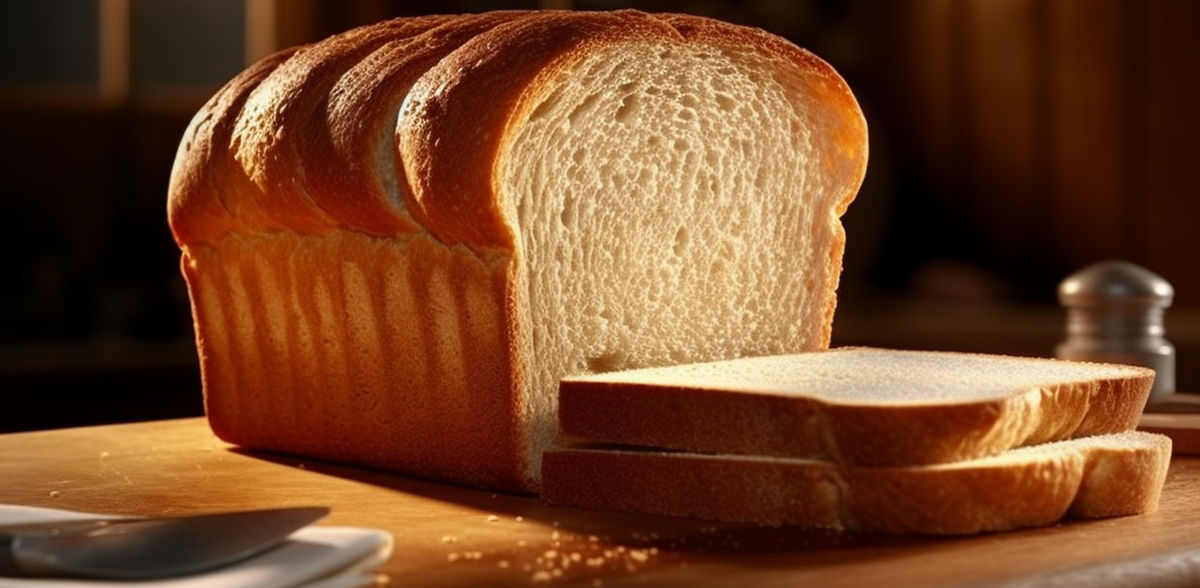Shrimp from Finding Nemo could help keep your white bread white
Ben-Gurion University researchers discover new principle in optics
The Pacific Cleaner Shrimp may hold the secret to keeping white bread white. Inorganic nanoparticles such as titanium dioxide and zinc oxide are widely used as whitening agents in foods, cosmetics, and paints. However, due to health concerns, there is currently an intensive search to find organic, bio-compatible analogues to replace these materials. Now, Dr. Ben Palmer and his student Tali Lemcoff of Ben-Gurion University of the Negev have discovered a new material in cleaner shrimp that produces one of the most efficient white reflectors in nature which could inspire the development of novel, organic whitening materials. By studying the white material found in cleaner shrimp, the researchers discovered a completely new principle in optics. The findings were published in Nature Photonics journal.
The Pacific Cleaner Shrimp, also known as Jacques from Finding Nemo, uses white stripes on its cuticle and appendages to attract fish, which it then proceeds to clean by eating parasites off the fish’s body. When the researchers took a closer look at these white stripes, they discovered something amazing. The white stripes are made of an ultra-thin layer of densely packed particles of a small molecule, isoxanthopterin. Making white materials from thick materials is trivial. However, making efficient white reflectors from thin, dense materials is challenging due to an optical effect called ‘optical crowding’, whereby reflectance decreases at higher packing densities. Despite being less than 5 microns thick, the whiteness produced by the shrimp is extremely bright, making it one of the thinnest and most efficient white materials that exist.
The key to the optics is in the arrangement of molecules in the particles. The molecules are arranged in a ‘liquid crystal’, stacked in columns which radiate radially from the center of the nanospheres like the spokes of a wheel.

The white cells under a microscope
Ben-Gurion University of the Negev
“At first, I thought it was not interesting because the nanospheres were not classic crystals. However, when we looked closer using cryo-SEM and TEM microscopes, we realized not only that the particles are liquid crystals, like those in LCD displays, but that they exhibit birefringence (dual refraction), which is exceedingly rare in the animal world,” enthused Tali Lemcoff.
It turns out that this special arrangement of molecules is key to overcoming the ‘optical crowding’ hurdle, allowing the particles to be packed densely, reducing the thickness of the layer required to produce bright whiteness.
“It is really one of the first times we have learned an entirely new principle from studying an organism. The shrimp has overcome a seemingly fundamental hurdle in optics by creating particles with this special arrangement of molecules. Now the question is, how can we replicate this effect for creating new materials we could use as food additives in white bread, or in white paint and other applications?” says Dr. Palmer.
Original publication
Other news from the department science

Get the analytics and lab tech industry in your inbox
By submitting this form you agree that LUMITOS AG will send you the newsletter(s) selected above by email. Your data will not be passed on to third parties. Your data will be stored and processed in accordance with our data protection regulations. LUMITOS may contact you by email for the purpose of advertising or market and opinion surveys. You can revoke your consent at any time without giving reasons to LUMITOS AG, Ernst-Augustin-Str. 2, 12489 Berlin, Germany or by e-mail at revoke@lumitos.com with effect for the future. In addition, each email contains a link to unsubscribe from the corresponding newsletter.



















































